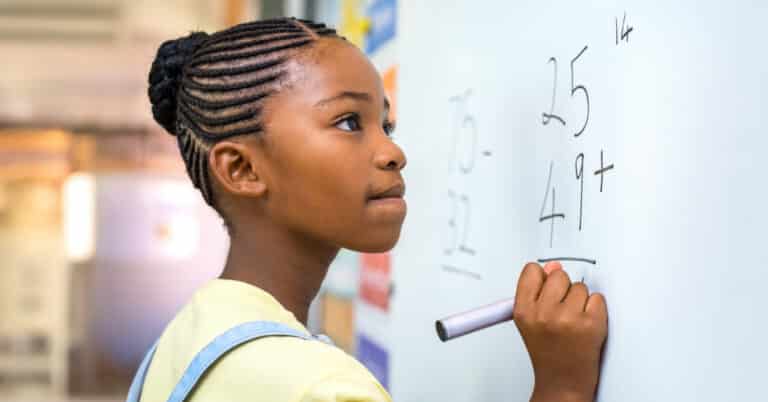Work With Us
At KnowledgeWorks, we partner with learning communities to create purposeful paths and places to ensure each student graduates ready for what’s next. Through evidence-based practices and a commitment to equitable outcomes, we’re creating the future of learning.
KnowledgeWorks takes a state-based and partnership approach to help districts and schools advance their personalized, competency-based learning goals and support the future of learning, transform policy, grow educator impact, create a foundation for systemic change and build towards human-centered learning systems.
Our work is about relationships. Transforming teaching and learning is work we do with our partners, not to them. We help build capacity and capability with our partner states and districts to scale and sustain personalized, competency-based learning through:
- Human-centered aspirations for an equitable future of learning
We provide in-depth research, perspective, guidance and strategies on crafting a future-focused, community-based vision and why they are important. We pursue thought leadership efforts that enhance public will, advocate for and influence positive change, explore future possibilities, highlight strategic considerations and strengthen our outreach and partnerships. - Collective agency in envisioning the learning in and design of personalized, competency-based learning systems
We convene multi-agency collaborations – including higher education leaders, policymakers and the community – to provide the supports and resources necessary for systems-level mindset change and scaling and sustaining the work. - Capacity for questioning and replacing inequitable practices that do harm to historically marginalized students
We support efforts and partner with organizations at multiple levels of the system to build transformative and culturally responsive structures and pedagogy (e.g., anti-racist teaching and universal design for learning). - Systemic alignment of policy conditions and accountability systems that support personalized, competency-based learning
We bring expertise and technical assistance to align and implement local, state and federal education policies that facilitate implementing and sustaining personalized, competency-based learning.
- Personalized, competency-based learning practices and structures that are locally adopted and implemented, culturally responsive and embed a whole-child approach
We offer a framework and customized technical assistance to state, district and building leaders to ensure implementation of personalized, competency-based learning is successful and sustainable. We meet communities where they are and support movement toward transformation to equitable, future-ready learning ecosystems that support: a whole-child approach; rigorous future-ready knowledge, skills and dispositions; robust next generation educator and leadership workforce preparation; continuous improvement mindset; culturally responsive education; and the physical space, place and time to foster and sustain the effort. - Educators who are prepared to support, innovate and improve personalized, competency-based learning
We help educators develop the skills and mindsets and support their ongoing efforts to transform learning environments into vibrant personalized, competency-based learning settings. We emphasize educator agency, well-being and growth mindsets; because without them, educators can’t create the human-centered learning environments our students need. - An evidence base that advances understanding of equity-driven personalized, competency-based education and is responsive to and curated for different education audiences
With both external researcher partners and internal resources, we take a democratized data-driven approach to document, demonstrate, and improve efforts to implement personalized, competency-based learning that advance equity. This approach includes continuous improvement, and formative and summative assessments to support ongoing learning and analyze outcomes. We also build the field and public will by supporting additional studies and writing and communicating about the evidence and research on equity-driven personalized, competency-based learning.
Examples of Partnership
It might be hard to envision what a partnership with KnowledgeWorks looks like without concrete examples. Find some below.


